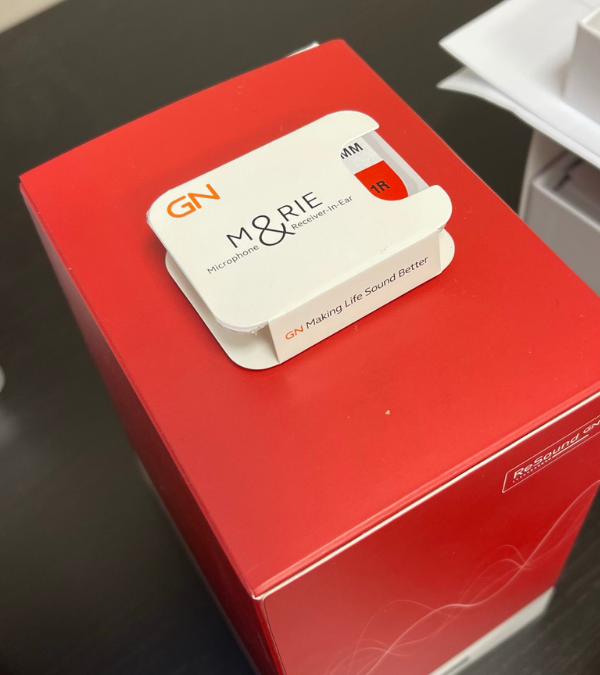There have been a few periods over the last 30 years where hearing aid technology has advanced significantly. In the 90’s, the release of a fully digital hearing aid became wildly popular, then in the 2000’s, the first in-canal aid hit the market, and in 2013, hearing aids became Bluetooth compatible without the use of another device.
The newest technology in hearing aids just saw a notable advancement with the release of M&RIE (microphone & receiver-in-ear) hearing aids by ReSound One. We’ll explore the difference between RIC (receiver-in-canal) devices sold on the market today to the newest technology, explain the “pinna effect”, and the benefits we’ve seen when pairing this device with closed domes below.
The Difference Between RIC and M&RIE Hearing Aids
The bulk of devices sold today are what are known as RICs (receiver-in-canal devices). The largest part of your hearing aid sits behind your ear to “hear” (collect and process) most of the sound and uses the speaker, placed in your ear, to amplify the sound back to you. With these types of devices, you lose the “pinna effect”, basically, the ability to determine where sound is coming from around you. Listening to a conversation in a room with a lot of background noise may be challenging when using this type of technology.
With the new M&RIE technology from ReSound, the microphone and receiver are placed in your ear to restore the “pinna effect”. With this, sound can be amplified more naturally back to you with better perception on the direction the sound came from. With these hearing aids, you’ll likely benefit from better speech understanding and less strain or effort needed while listening. Also, this technology drastically reduces wind noise in comparison to other or older models.
How We Enhance the M&RIE Hearing Aids at Hearing Solutions
At Hearing Solutions, we’ve been using the new closed domes to boost the sound quality of the M&RIE hearing aids. Domes – the ear buds or tips – get placed in your ears and are the speaker to amplify the sound back to you. Domes are either closed or open depending on the amount of hearing loss and sound quality needed. We typically use the closed domes to prevent feedback and squeaks and to allow for the greatest “pinna effect” possible with this technology. No sound should come out of your ear with these closed domes during amplification as there is a larger seal compared to open domes.
Try this new technology and ensure your hearing aids give you the highest-quality sound on the market. Call us today to schedule a fitting.



